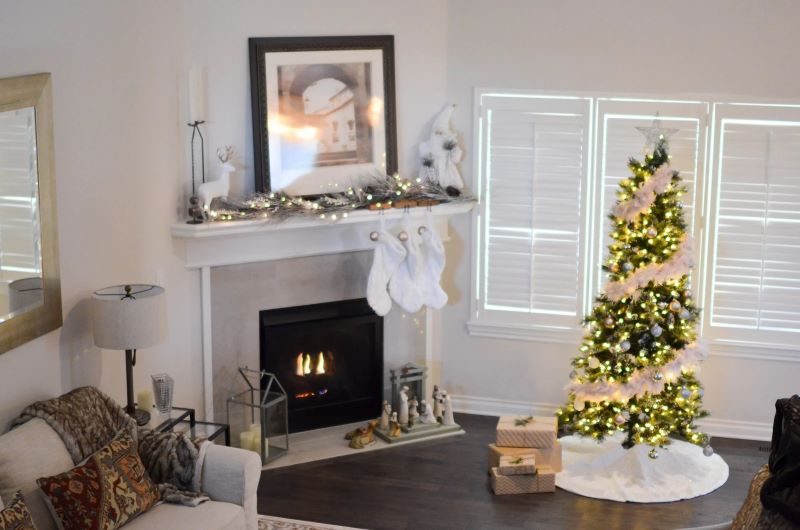It’s been a long time since artificial Christmas trees were introduced. Today, they’re more realistic, easier to assemble, and aesthetically lit with the right amount of lights.
Size matters: Choosing the perfect height for your artificial Christmas tree
Trees replicating nature’s complexities can be found in more than 150 different types, right down to coloring and the shape of the needles. And though there are quite a few creative options for you to pick from, nothing compares to a tree that looks just like the natural.
Apart from aesthetics, quality should be the deciding factor when purchasing your desired 7 foot artificial Christmas tree. With the right care, a tree can last anywhere from 20 to 30 years, says Noah Johnson, a buyer for Bronner’s Christmas Wonderland. A tree’s material and how it’s crafted can have a huge impact as a matter of fact.
Among the hundreds of Christmas tree options available, Frank Skinner, director of marketing at Christmas Lights, Etc. says that tree features and appearance may be tailored to an individual’s display needs, whether it be lighting, size, budget or any other special feature that makes storage and assembly easier.
Here are a few things to look out for when buying an artificial Christmas tree:
Cost
An artificial Christmas tree will vary in price depending on its material, type, and whether it is pre-lit. Besides, height matters too — a 7 foot artificial Christmas tree will definitely cost more than the 6 foot.
As the manufacturing process and technology become more complex, the tree will become more expensive.
Material
It wasn’t hard to detect an artificial tree a decade or more ago. But today, the reverse is the case. You might have to come pretty close to know which is real and which is not.
These days, you can find trees that are entirely made of PE or PVC and others that are a mix of both. But still, Johnson recommends choosing trees with at least 45 percent polyethylene to get a more natural look.
